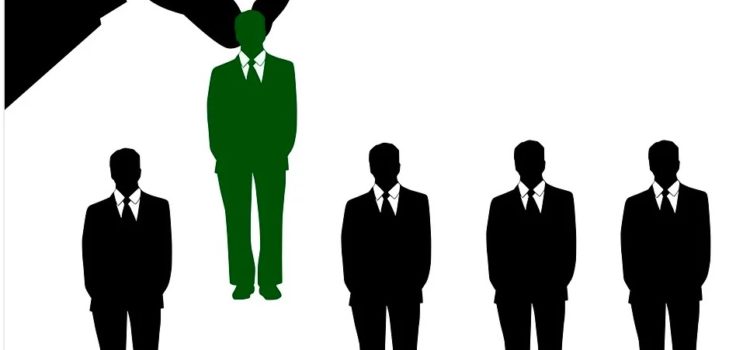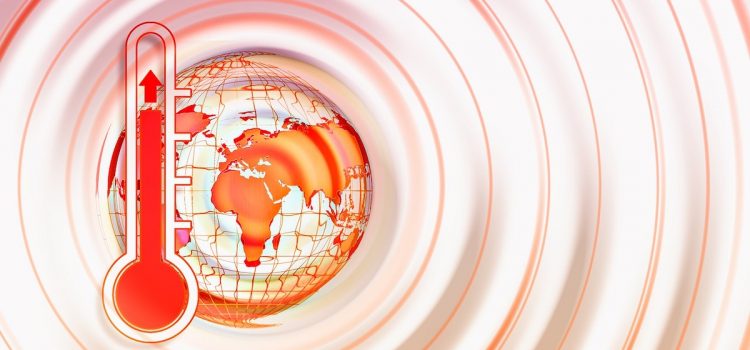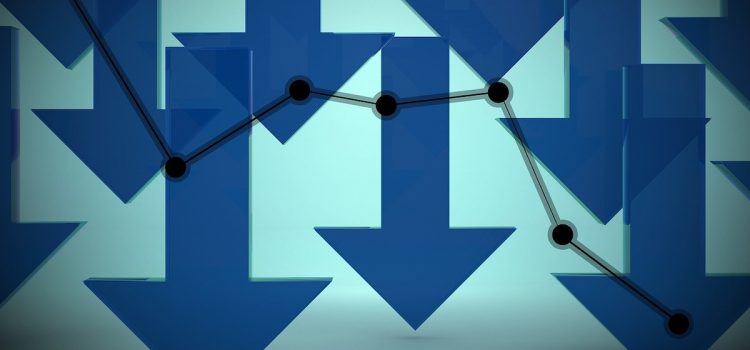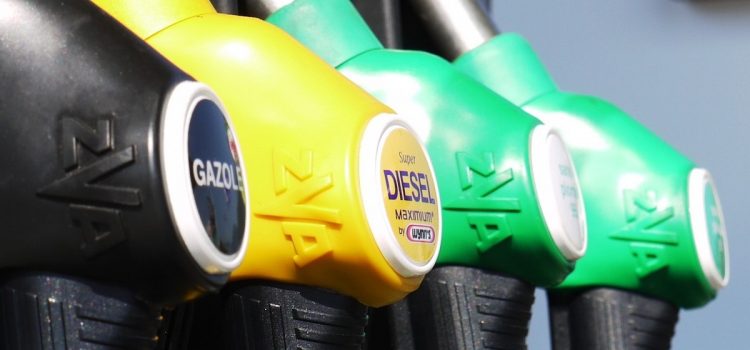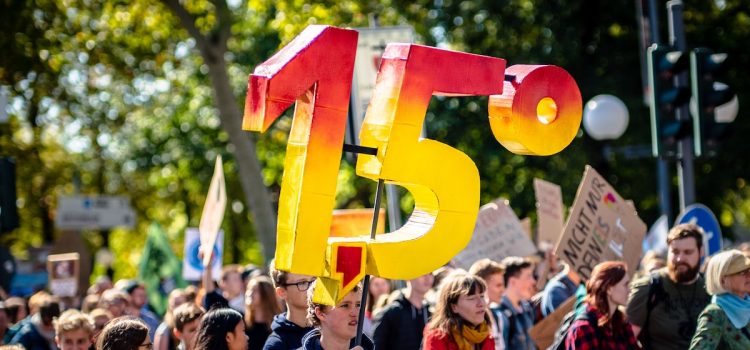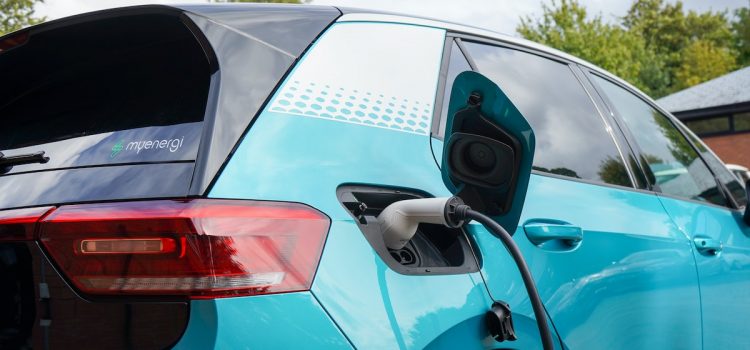Can the government regulate cryptocurrency? What challenges do regulators face? The cryptocurrency industry has been marked by volatility, bankruptcies, and scandals, and after the recent implosion of crypto exchange FTX, many are calling for long-overdue regulation. However, regulators are struggling to write laws as no one can agree on the fundamentals of the industry. Keep reading to learn if the government can regulate cryptocurrency and why it’s a challenge.
Can the Government Regulate Cryptocurrency?


